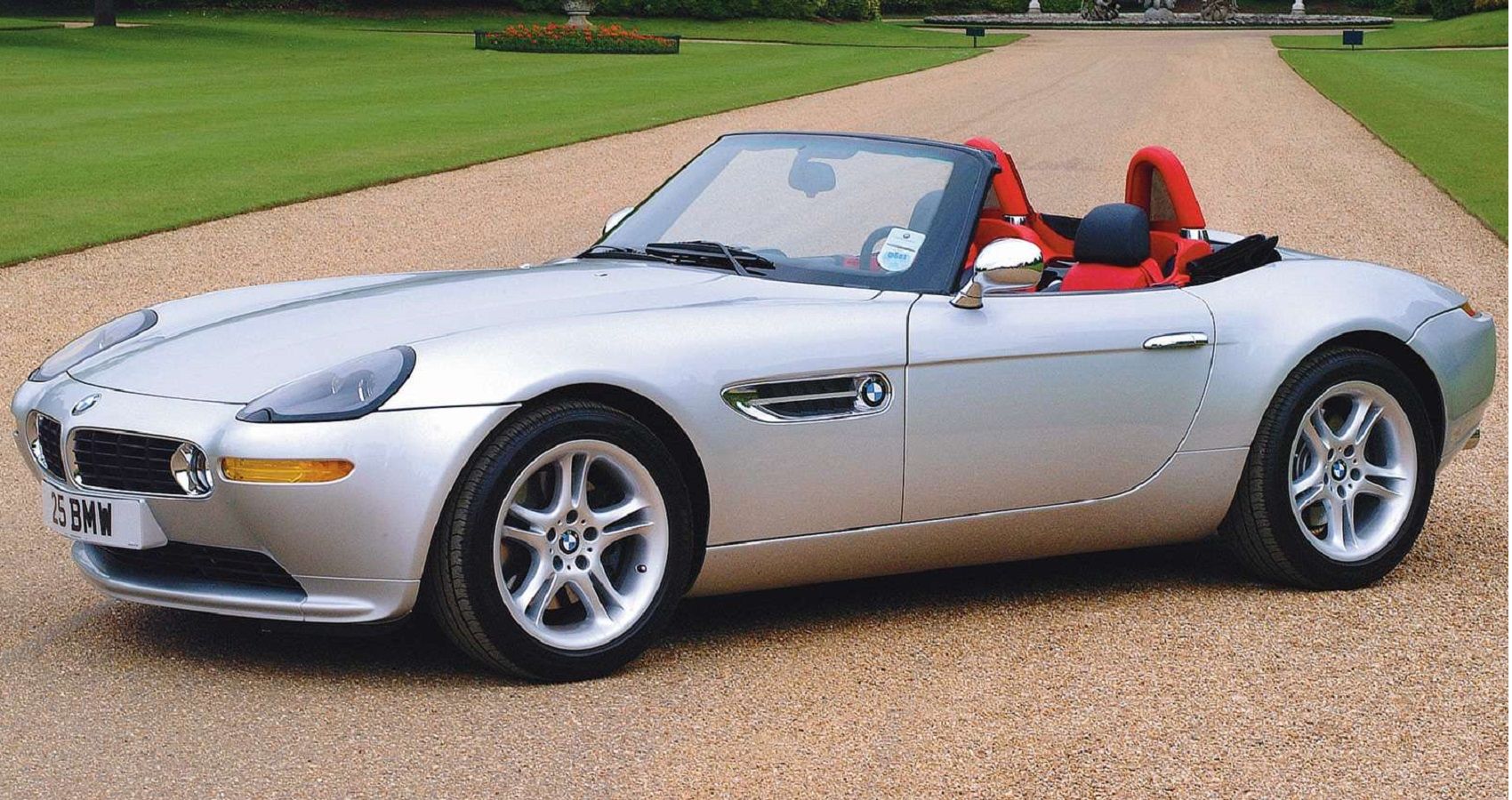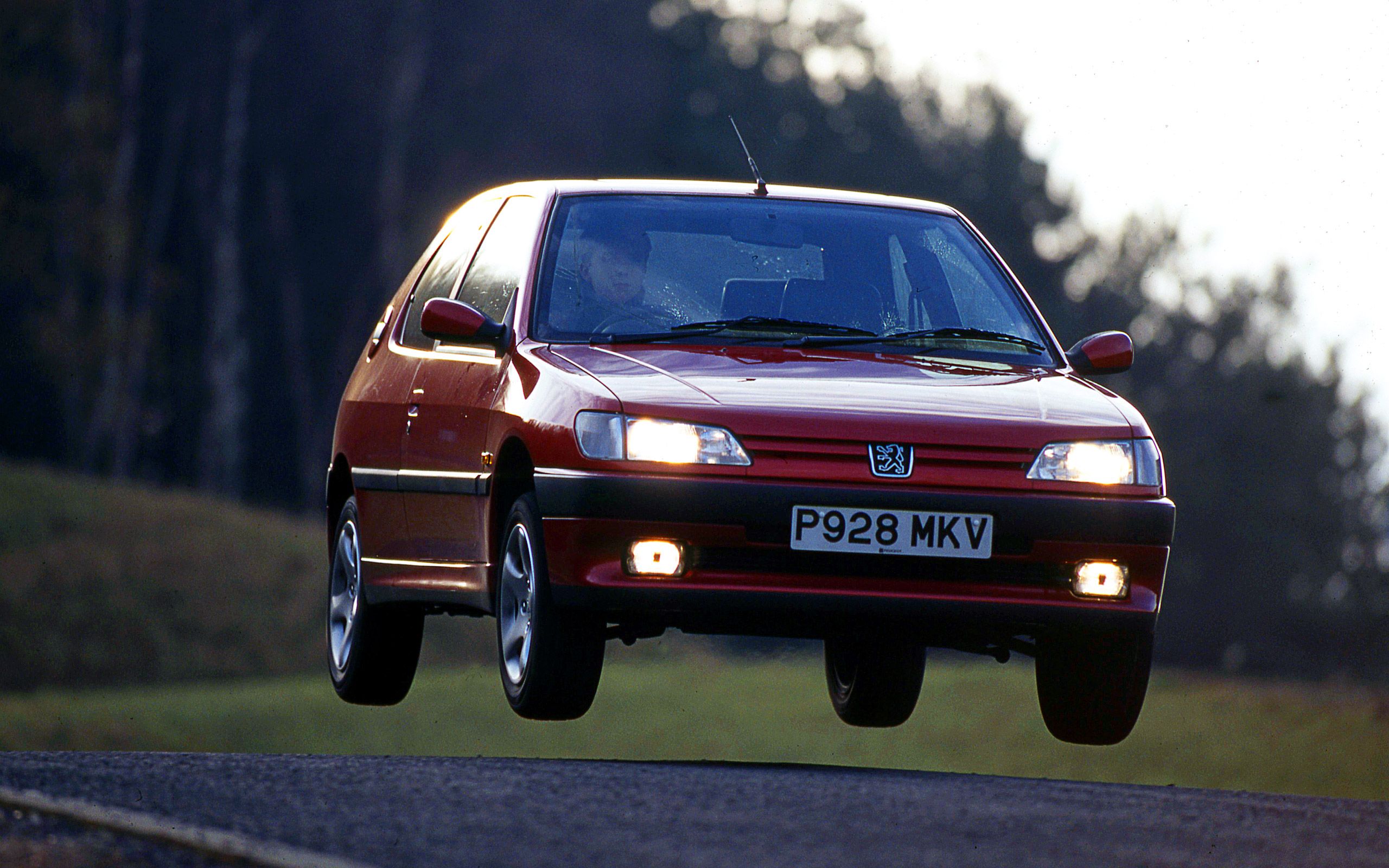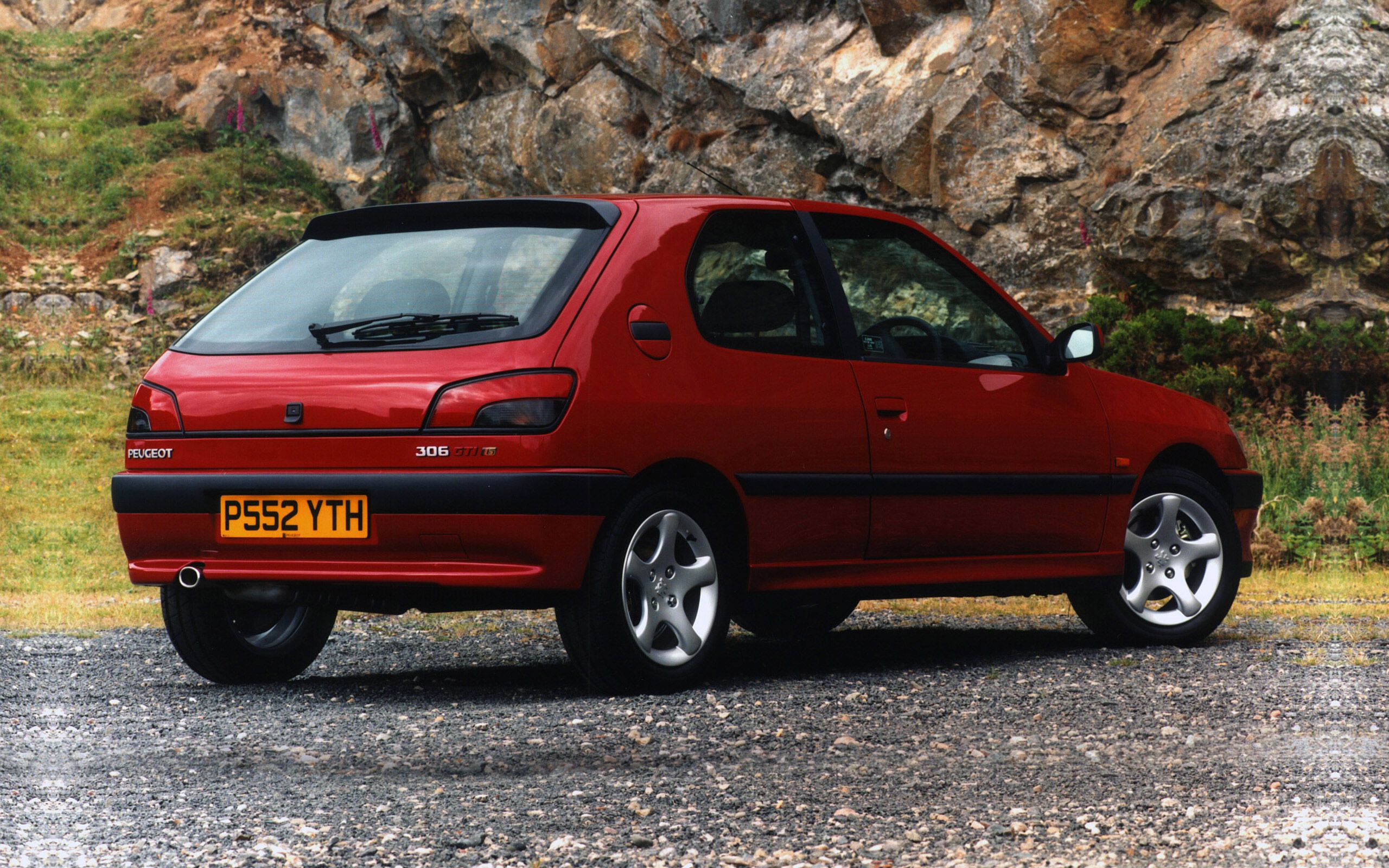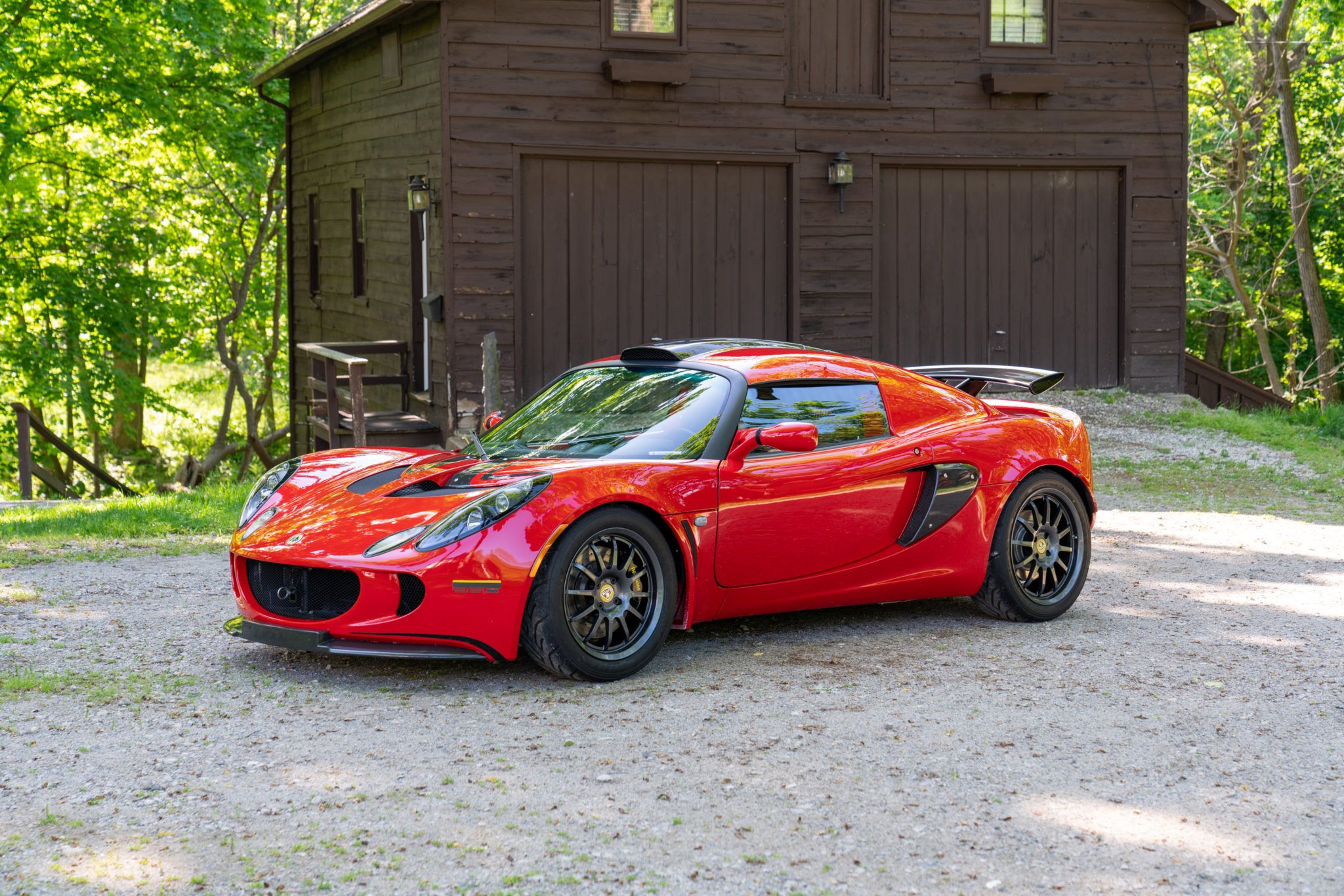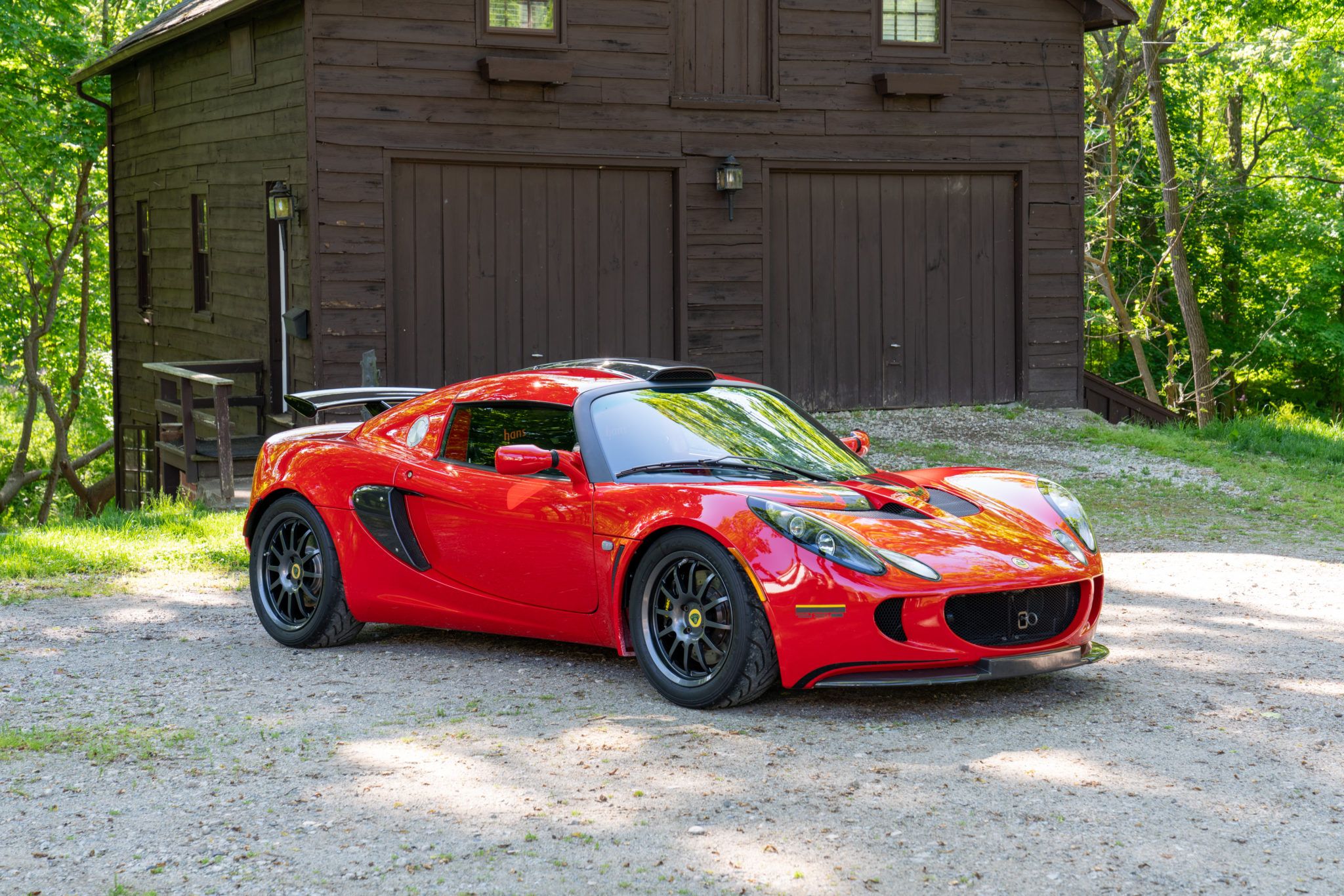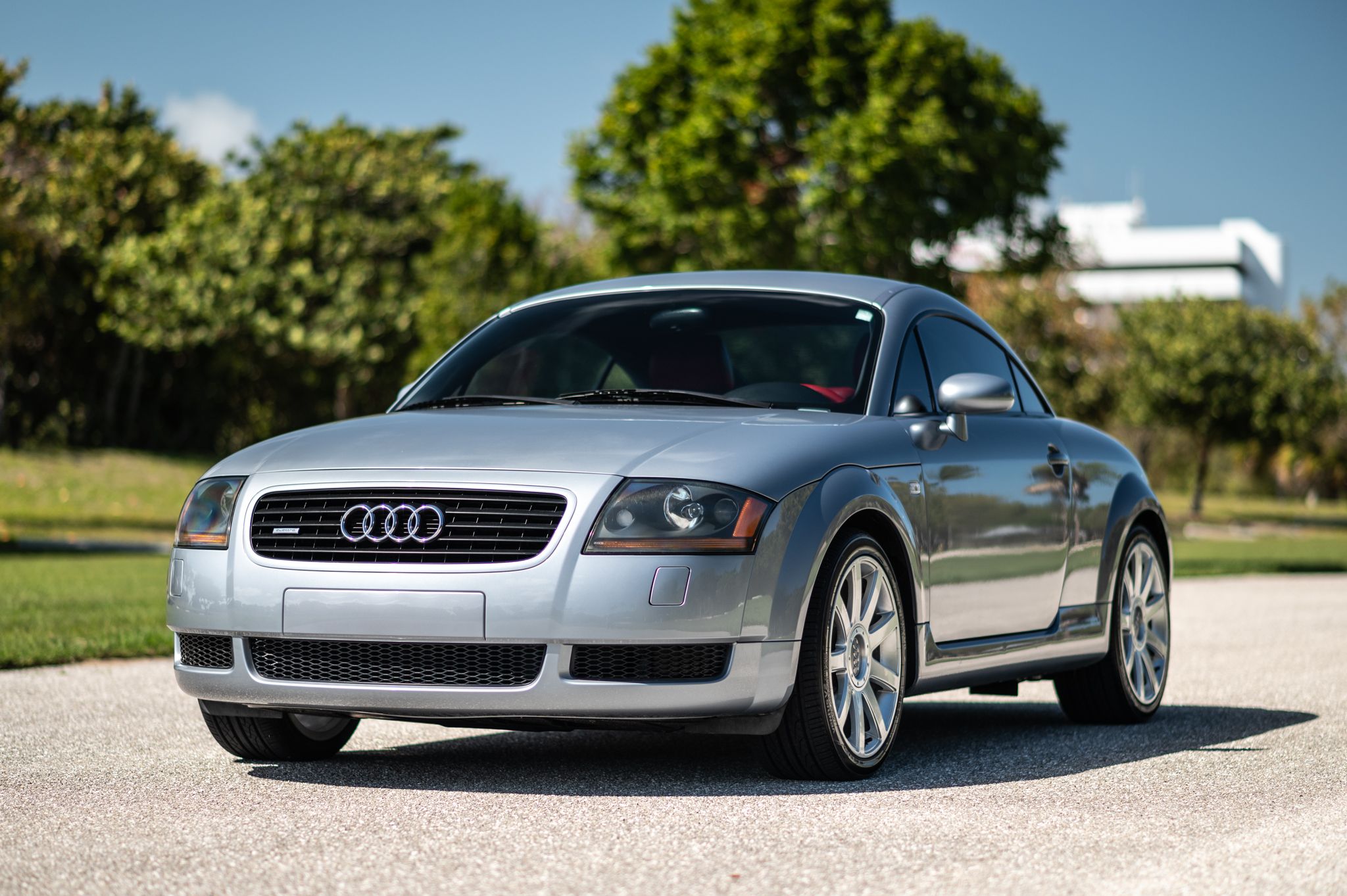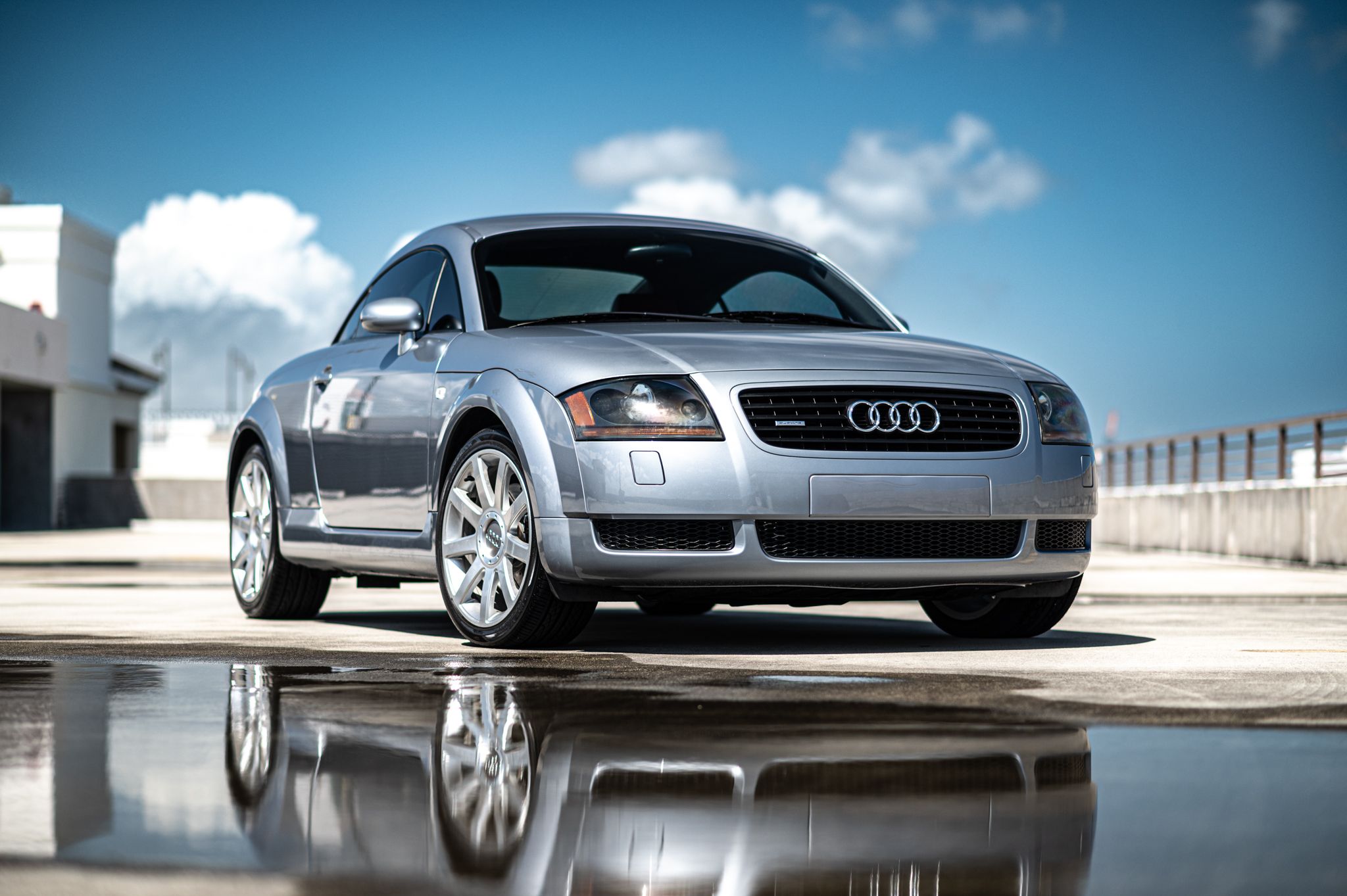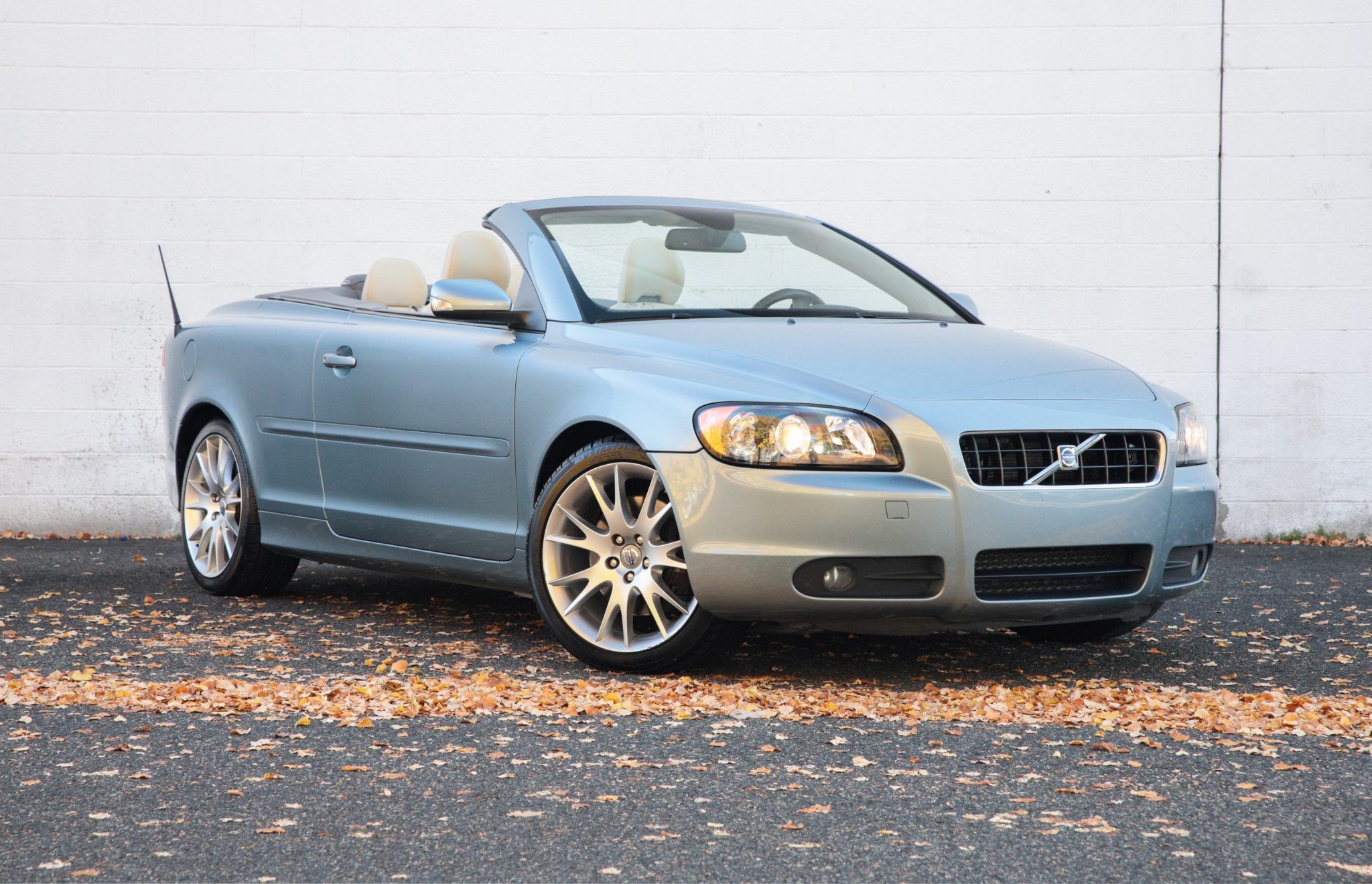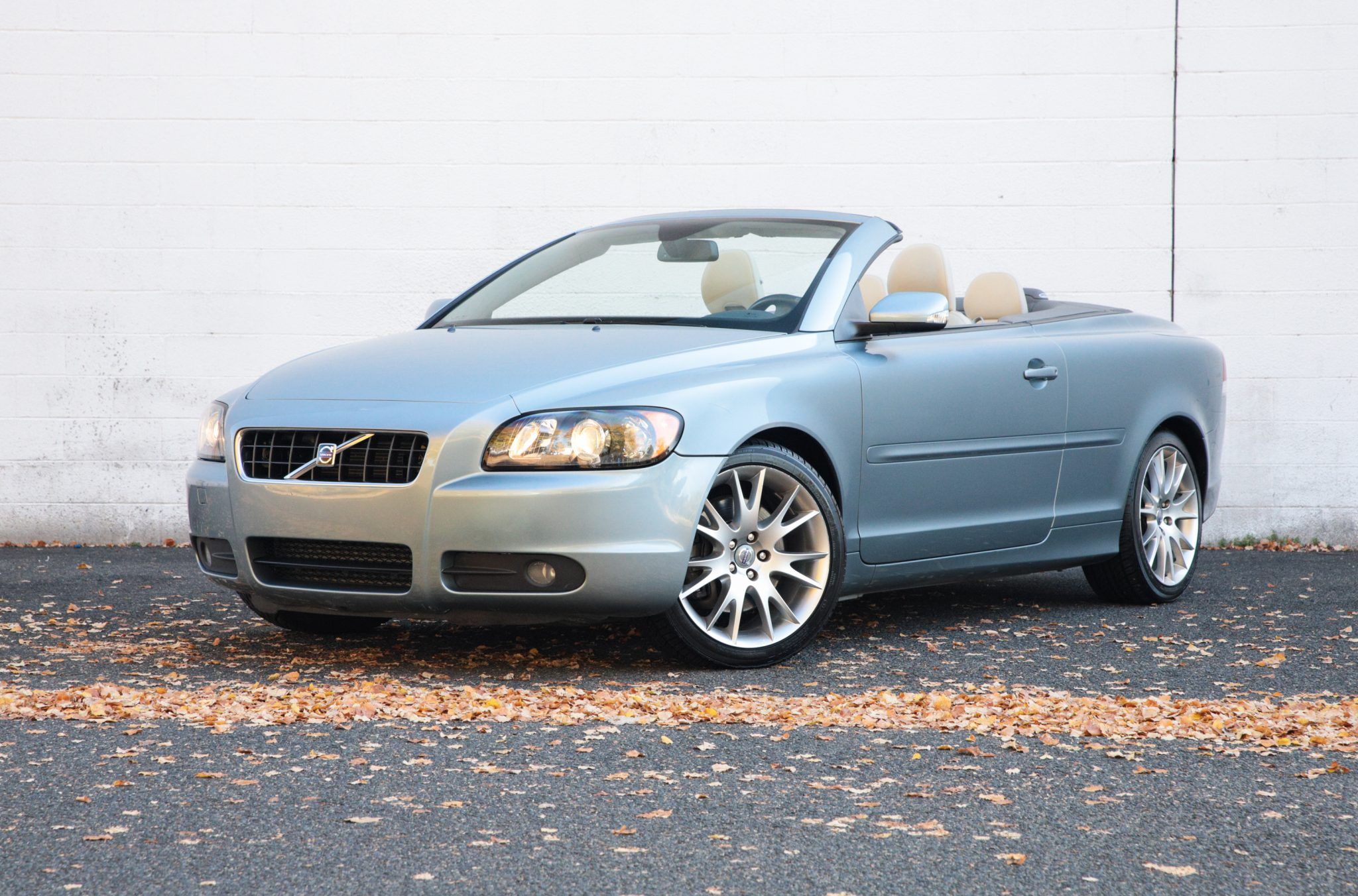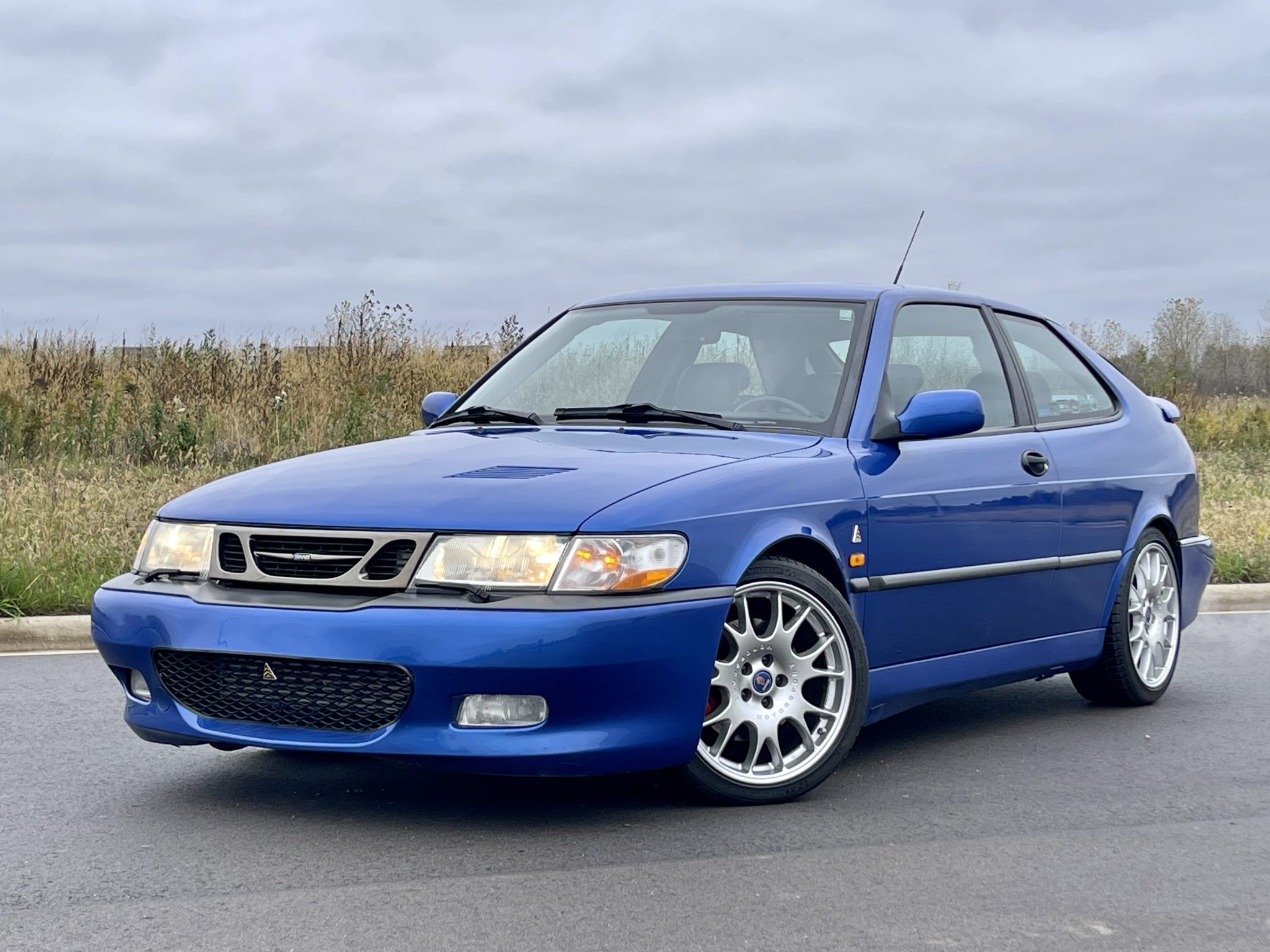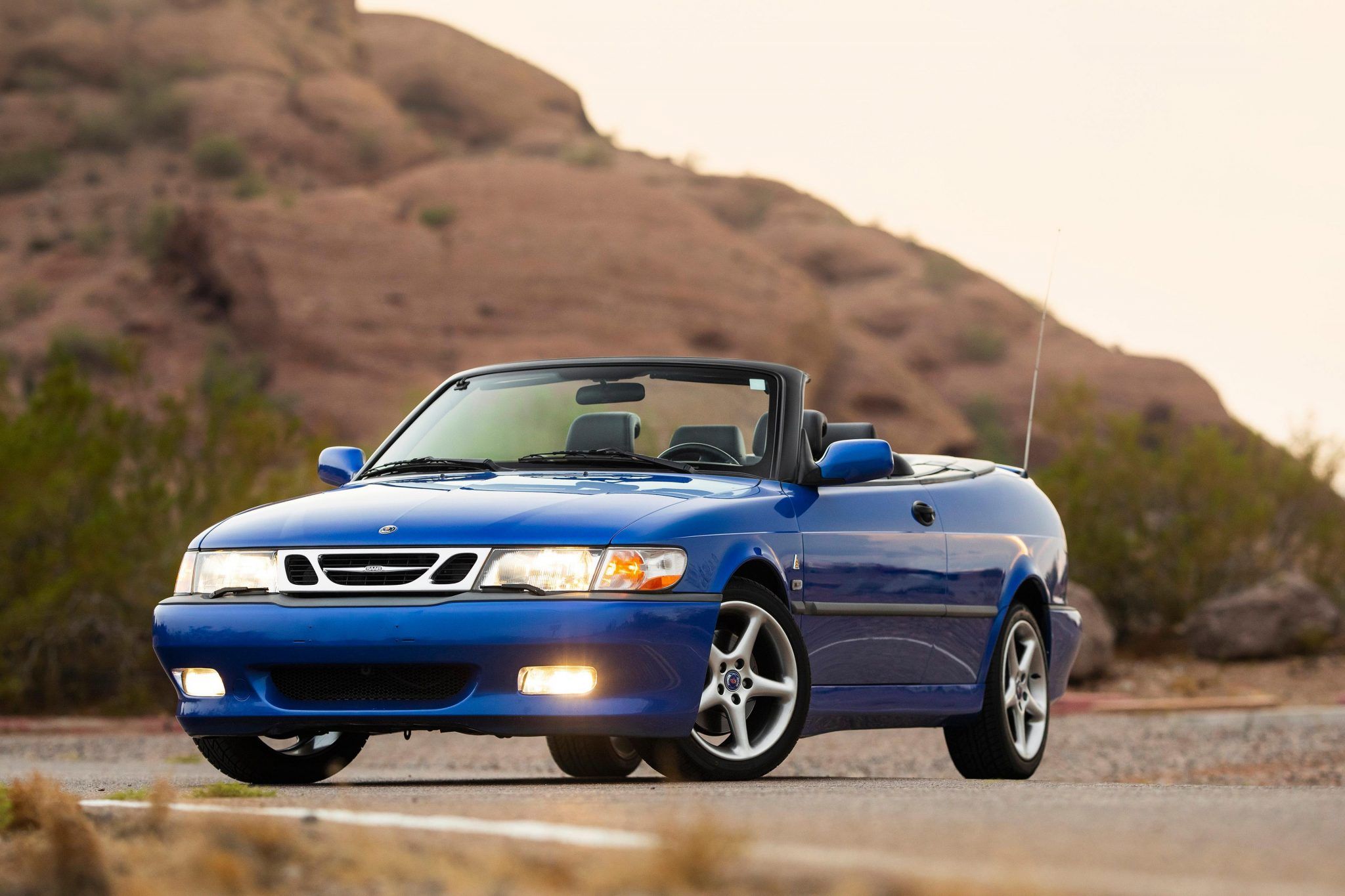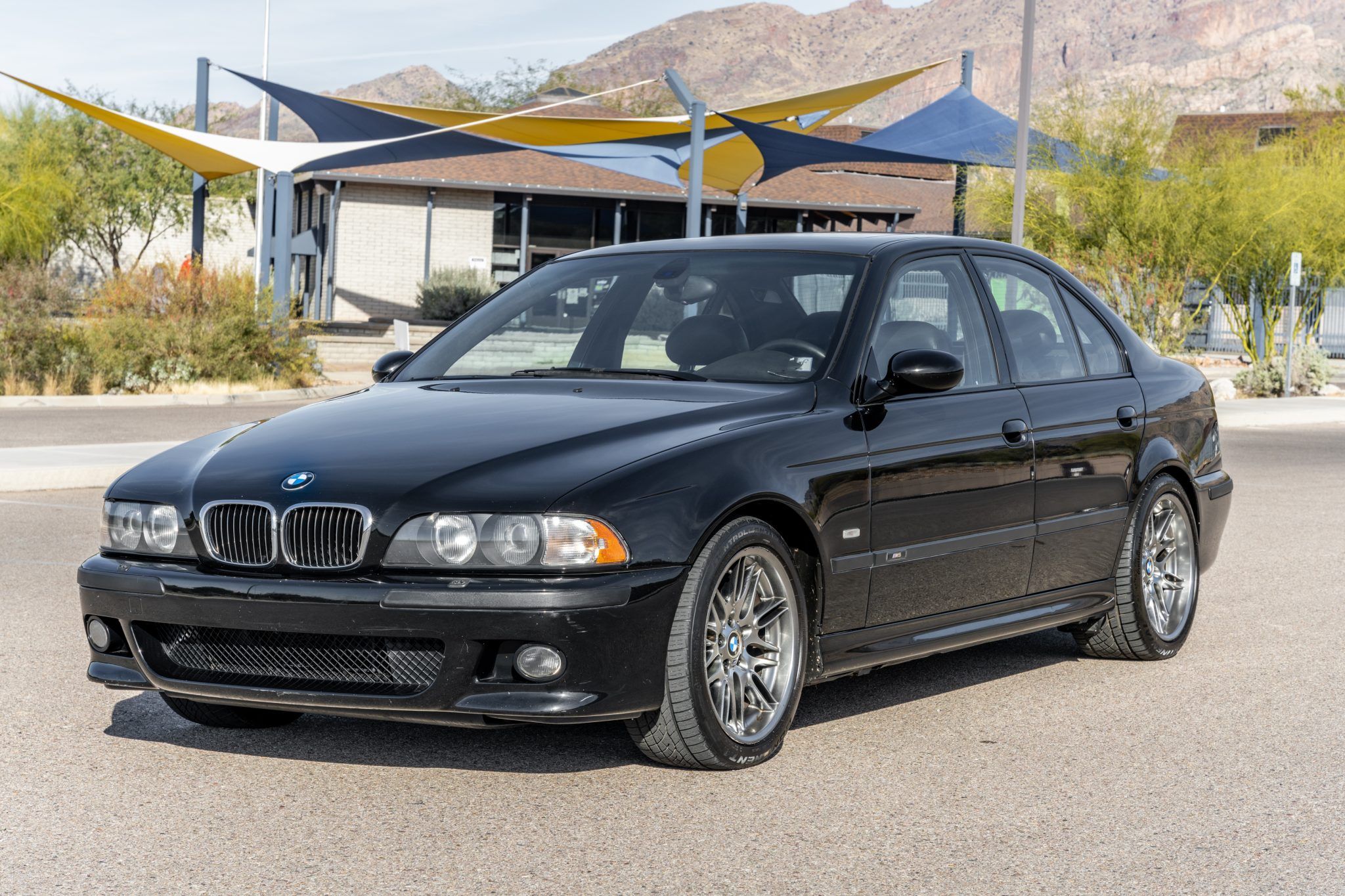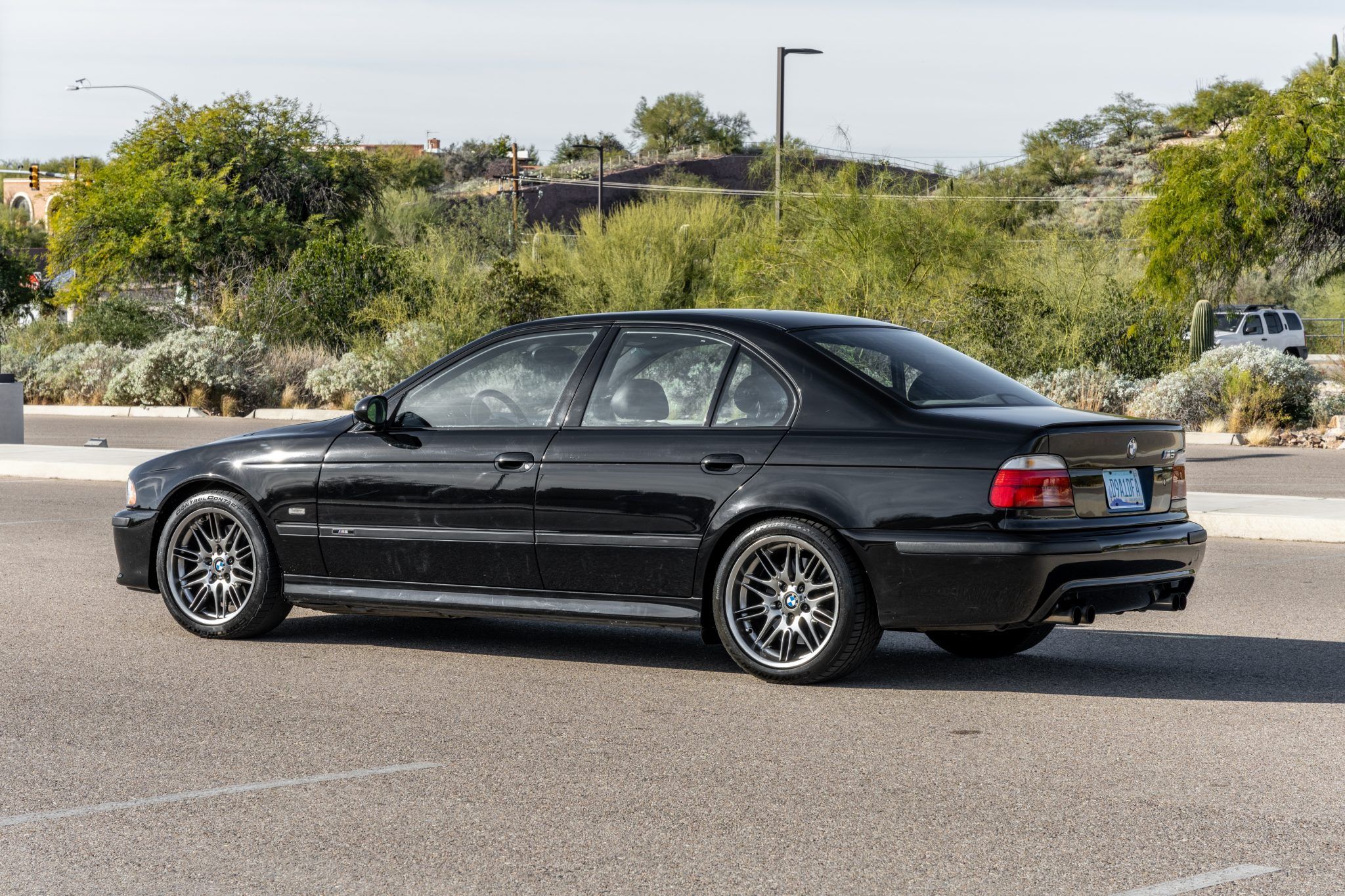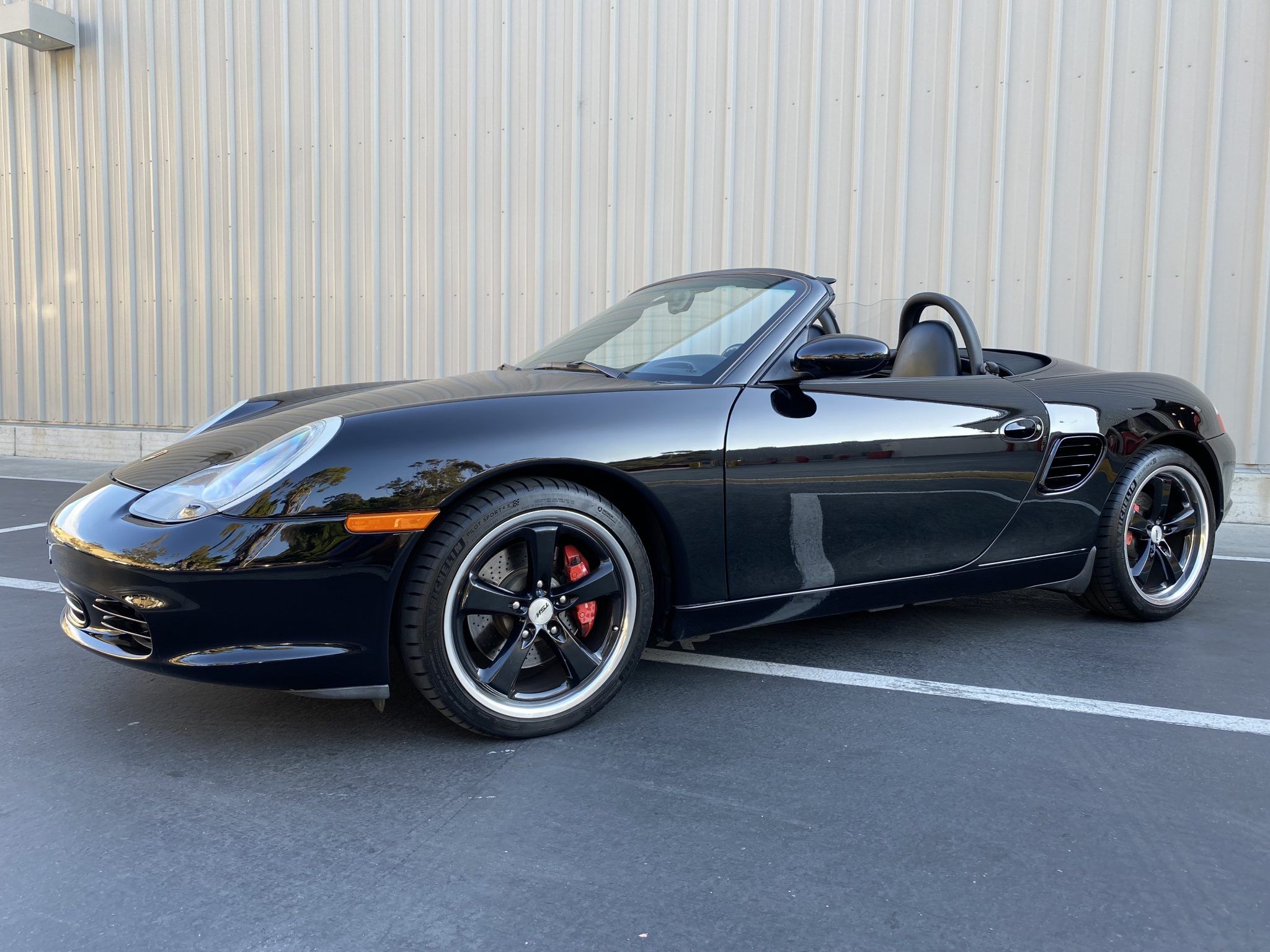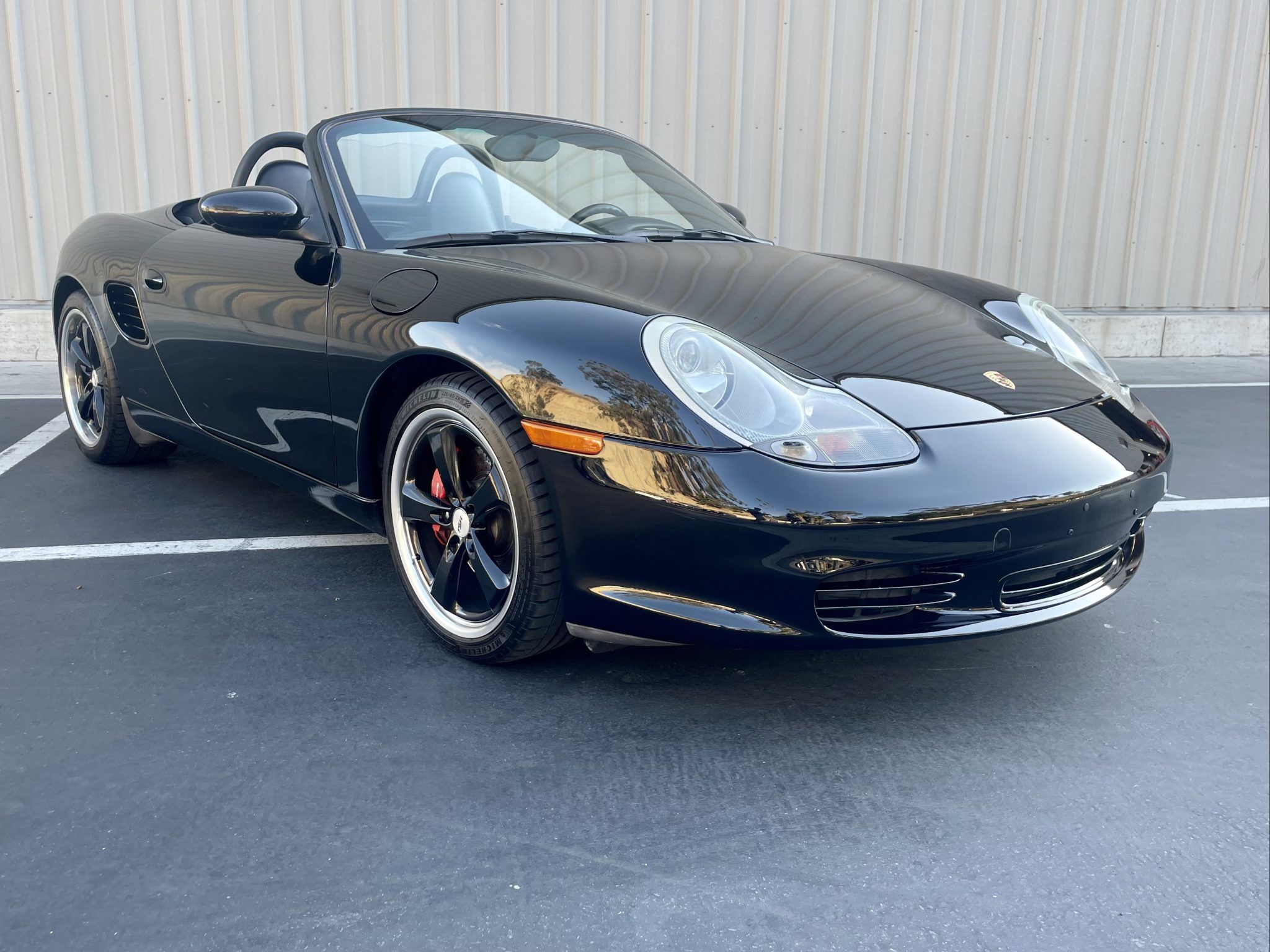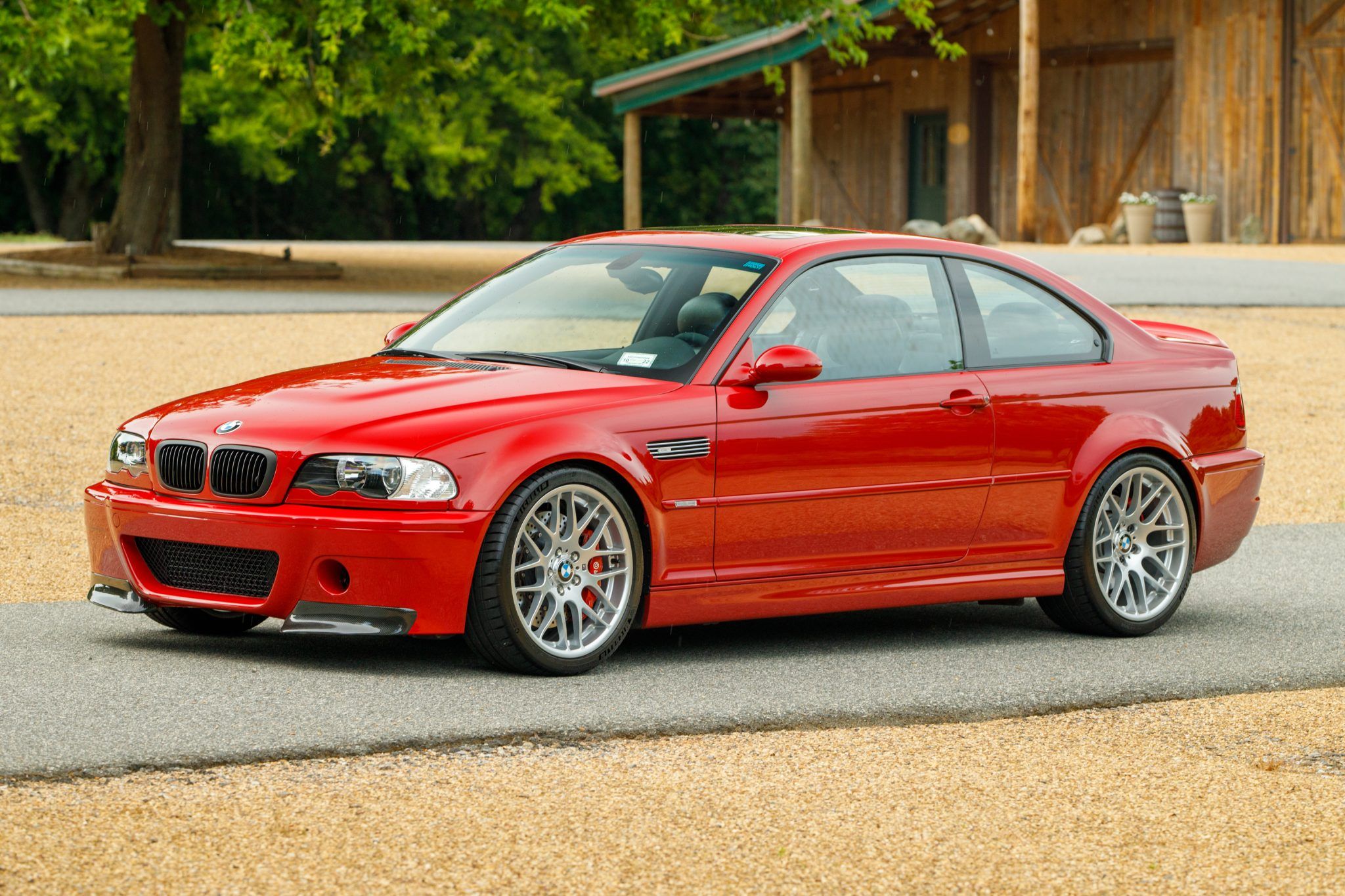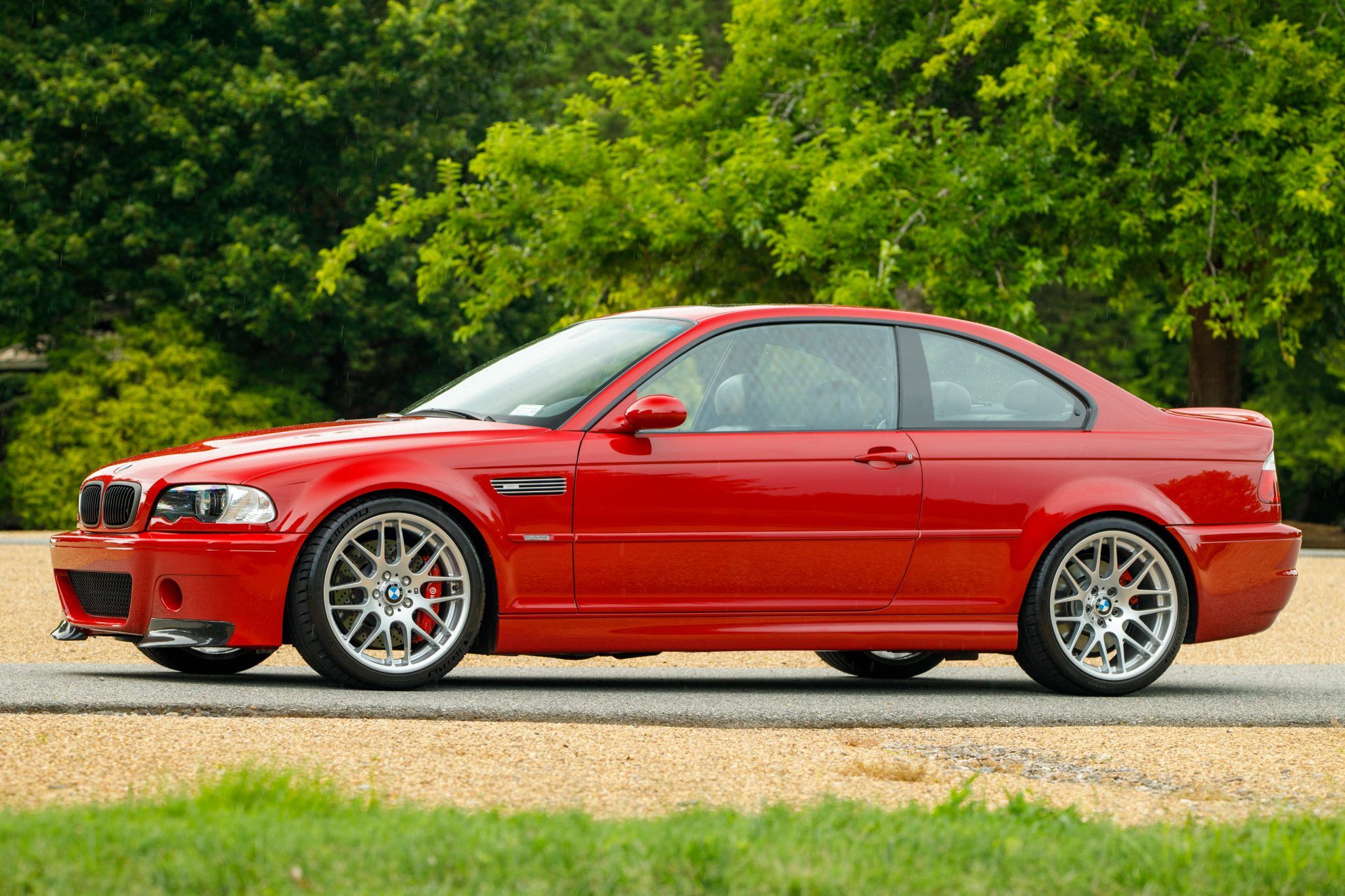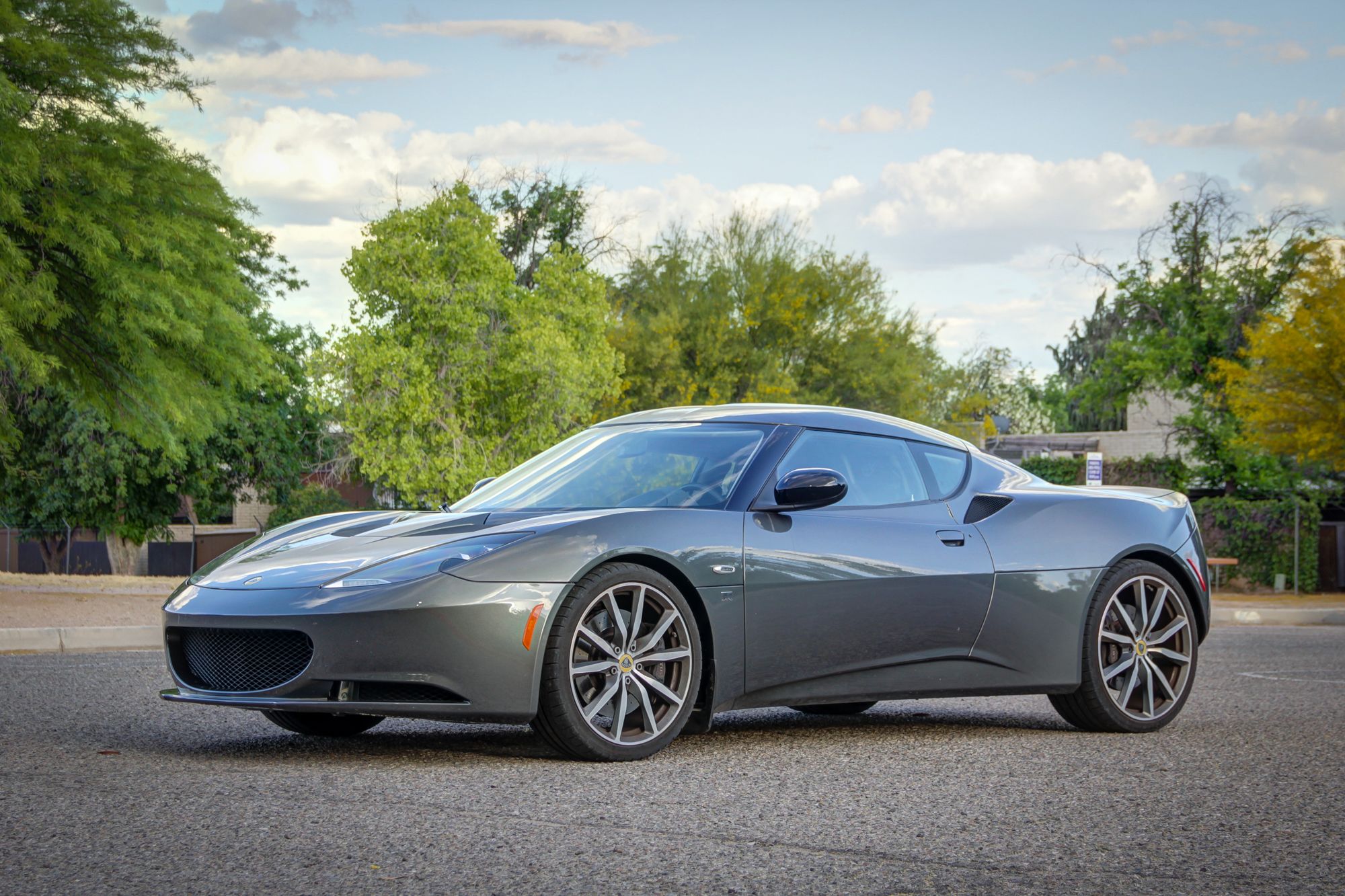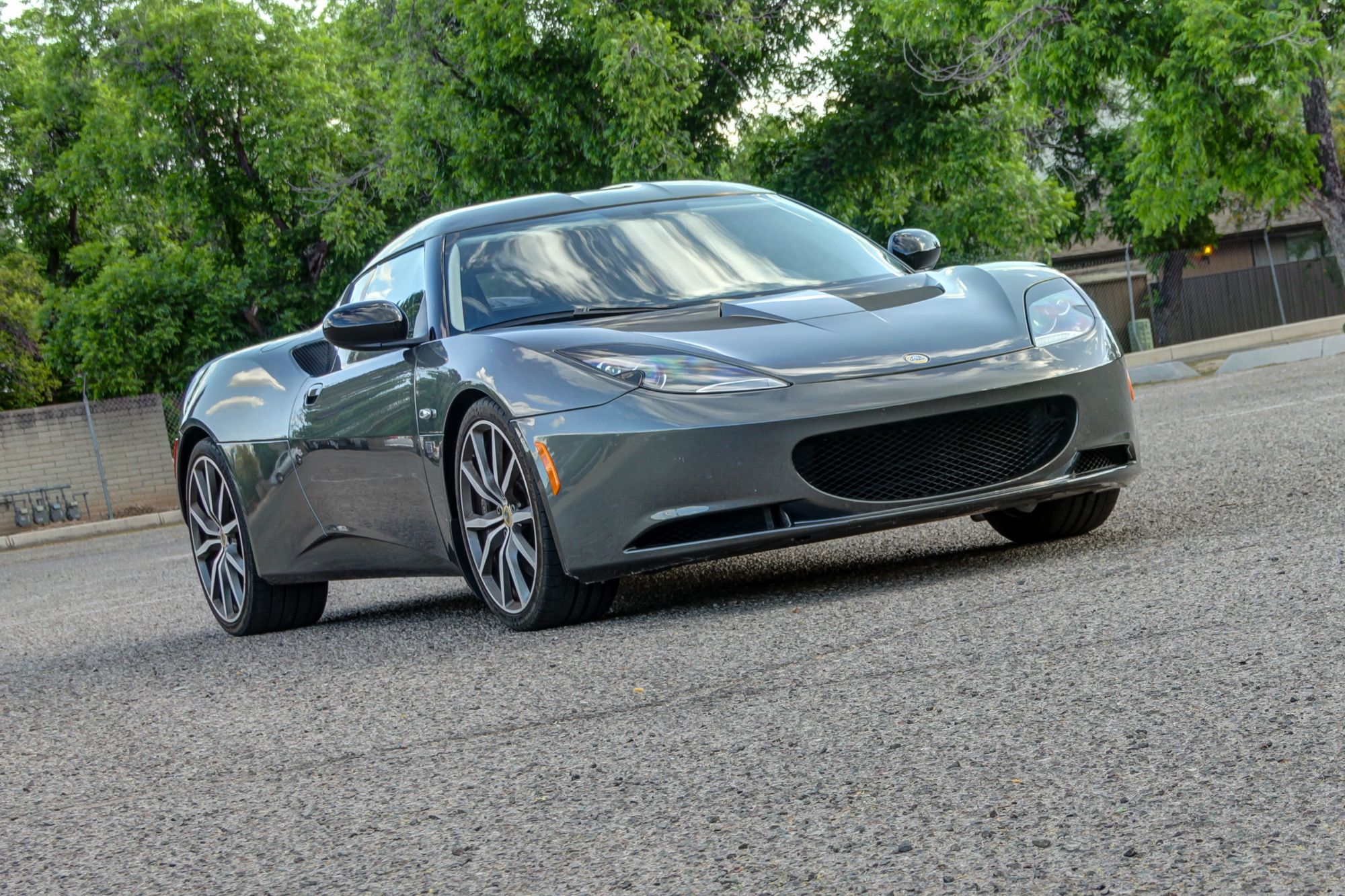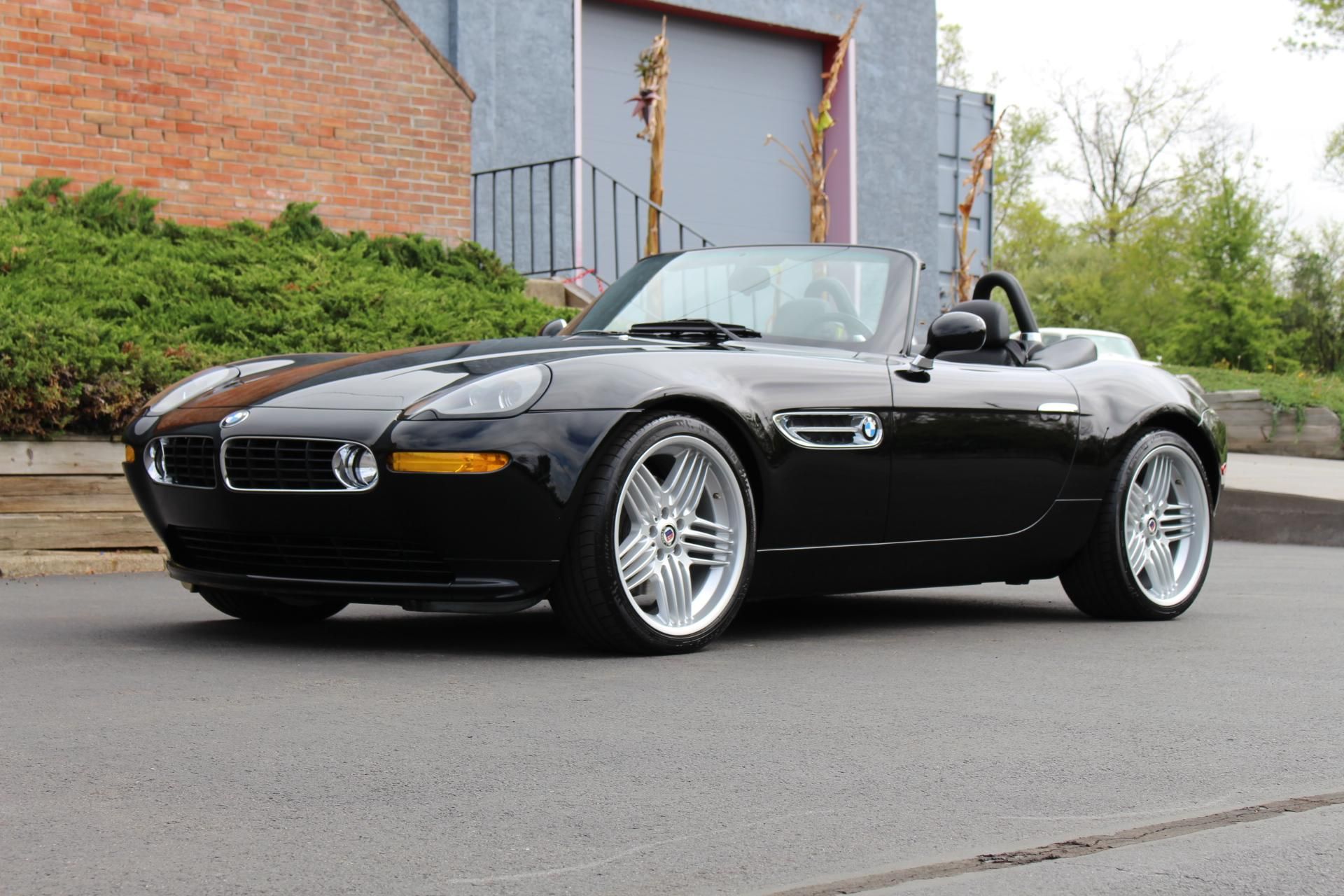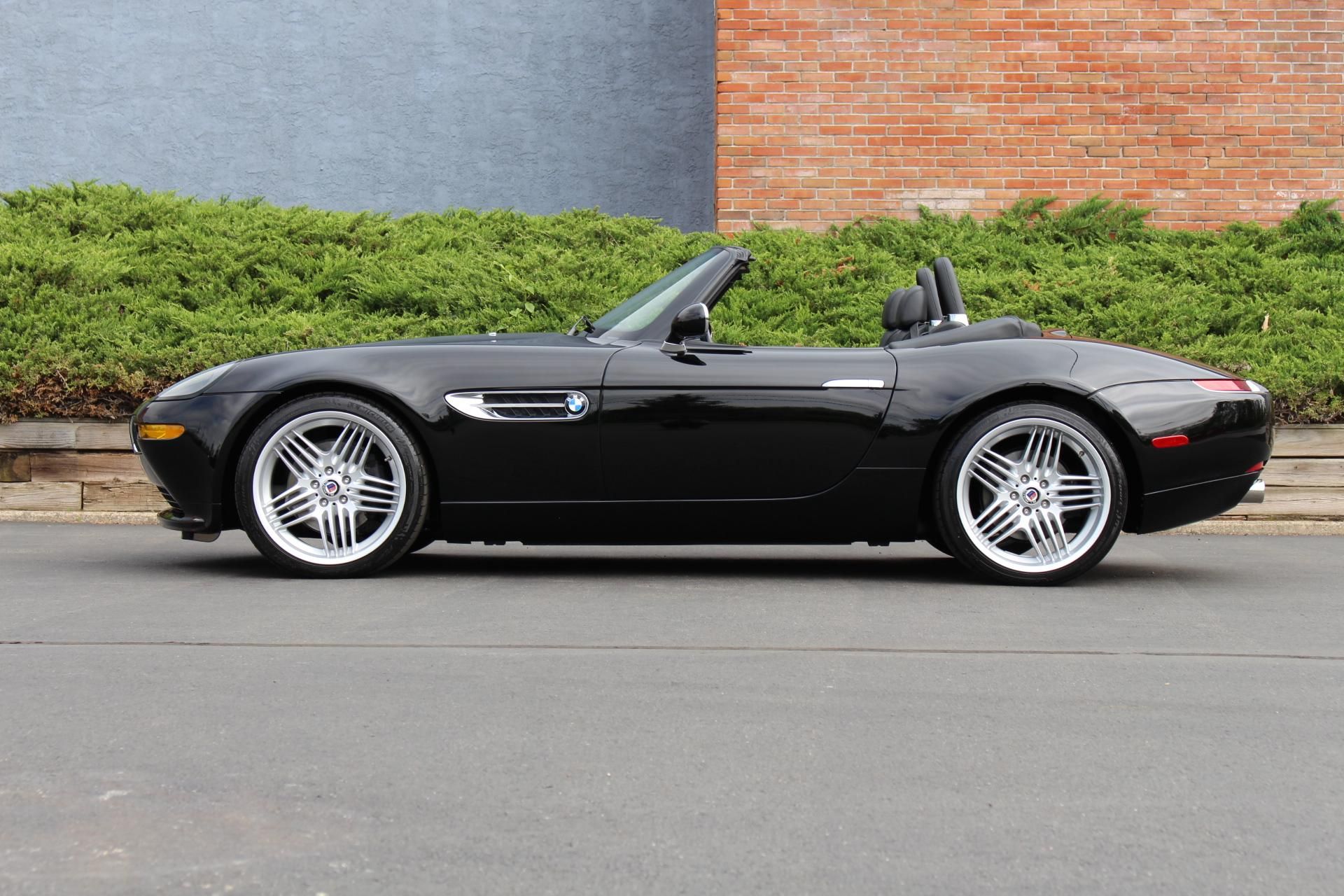Car enthusiasts are notoriously slow to warm up to new technologies, models, and trends in the automotive industry. They quickly claimed that the 911 was ruined by water cooling or that the 3 Series' famous sharp sports sedan character was neutered by electronic power steering.
In reality, most of these changes were for the better. With the '90s having introduced most of these technologies, enthusiasts had already warmed up to them in the new millennium performance cars. Here are a few examples of models that correctly implemented these technologies to make reliable cars.
10 Peugeot 306 GTI-6
At times, a car is excellent because it makes you feel rather than how fast it goes. The 306 GTI-6 is one of those cars. It had enough power, great balance, and a remarkable turn of speed, making it a fun car to drive. Only a few vehicles could be able to match its eagerness in corners.
Peugeot equipped the 306 GTI-6 with passive rear-wheel steering using soft bushings at the torsion beam rear axle. This resulted in sharper turning than many rear-wheel-drive hot hatches. The 306 started life in 1993 as a 306 S16 and later the GTI-6 from 1996 to 2001. It got a refreshed face with an updated 2.0-liter 16V engine and a new 6-speed gearbox.
9 Lotus Exige Series 2
The Exige was considered to be a true track car. It was fun, seriously quick, and playful, making it the perfect weapon for more technical circuits. The Series 2 came into production in 2004, receiving a Toyota Celica engine producing 192 hp and a six-speed manual gearbox.
For the chassis, the Exige received 10% stiffer suspension than the Elise. It also adopted the Yokohama A048 semi-slick tires, helping it corner flatter and quicker than the Elise. Besides the improvement on the track, the Exige was also smooth and comfortable on regular roads.
8 Audi TT
The second generation of the TT was released in 2006 and was amongst the most reliable sports cars in the market. It was fully integrated with Audi’s design idiom and featured the driving dynamics of a full-grown sports car.
The TT was available in a myriad of turbocharged engines capable of producing between 160 hp and 211 hp. An S version extended the power output to 272 hp and the top-of-the-range TT RS to 340 hp. Later down the line, the RS received a Plus variant with 360 hp taking advantage of Audi’s groundbreaking technologies like TFSI engines, lightweight construction, and sonorous five-cylinder engines.
7 Volvo C70
The first C70 convertible was launched in 1997 as a two-door luxury sports car. It combined high performance with a high level of equipment and the highest safety standards. The second generation was launched in 2006 and kept all these aspects, but it was shorter and relatively wide.
These proportions were chosen to give it a powerful profile, thus ensuring harmonious lines with and without the roof. It was also available in a plethora of reliable and powerful inline-5 engines mated to a five-speed automatic transmission.
6 Saab 9-3 Viggen
The 9-3 Viggen was available until 2002 and was a faster offering than the original 9-3. The original was launched in 1998 with the need to improve the aging dynamics of the 900. It boasted 1,100 changes, including higher front suspension turrets, an active head restraint system, and various body changes.
The 9-3 Viggen was a high-performance model, with some of the biggest changes being on the chassis and handling. It used a new generation B235R 2.3-liter turbocharged engine capable of 226 hp and 258 lb-ft of torque – a lot of power for a front-wheel-drive car.
5 E39 BMW M5
The E39 M5 was the first M5 ever to get a V8 engine. Some enthusiasts considered it a wolf in sheep’s clothing, especially because it had a mild-looking body. This M5 was one of the sedans that helped begin the German sedan horsepower war of the 2000s.
The 4.9-liter S92 V8 produced 400 hp and 369 lb-ft f torque. Even if the M5 was a heavy luxury sedan, BMW managed to make it fast with a 4.7 seconds 0 to 60 mph time. It could easily outperform the comparable Audi RS6 and the Mercedes E55 AMG.
4 Porsche Boxster
The type 986 Porsche Boxster was in production from 1996 to 2004. It was part of Porsche’s 1997 model year lineup, featuring the M96 engine. This was a water-cooled 2.5-liter flat-six engine capable of producing 201 hp.
The mid-engine layout equipped the Boxster with near-perfect weight distribution, a low center of gravity, and neutral handling. It also shared many body components with the new 911, including the engine architecture, interior, headlights, front wings, and hood.
3 E46 BMW M3
Shortly after the turn of the millennium, BMW introduced a new generation of the M3. The E46 was a continuation of a remarkable success story that started in 1986. It had all the three characteristics of an M3; legendary special model, beguiling sound, and pure driving pleasure.
The E46 M3 had BMW’s iconic inline-6 engine that was lighter and had more character. It also had a low-weight construction and a high rev concept; for many enthusiasts, it embodied a return to the virtues of the E30 M3. The first iteration was a coupe, with the convertible following the following year. It helped combine the luxury of open-top driving and a sporty experience.
2 Lotus Evora
The Evora was launched in 2009 as a competitor to the Porsche Cayman. It was an all-new model for Lotus, and it took an approach to an affordable sports car. It was also the world’s only mid-engine 2+2 sports car. The Evora had a new chassis made from bonded aluminum extrusions in three parts; a rear frame, a front frame, and a central tub.
Slitting the chassis made it easier to repair the Evora. It was intended to be a more practical and refined version than the Elise and Exige. To achieve this, it had Toyota’s 3.5-liter V6 engine while maintaining the characteristics that made Lotus cars unique, lightweight and balanced.
1 BMW Z8
The BMW Z8 was the new millennium super roadster. It was presented at the beginning of the 2000s with breathtaking looks and classic proportions. The Z8 was BMW’s addition to the portfolio of sporty two-seaters.
It had a trendsetting chassis structure with a self-supporting aluminum frame, also known as a space frame. Under the hood was a monstrous 5.0-liter V8 engine with a 400 hp output. All this power was transmitted to the wheels using BMW’s six-speed transmission.

